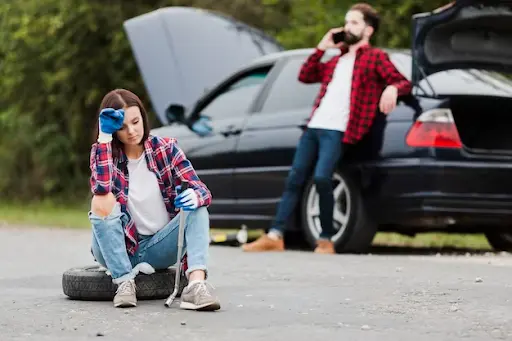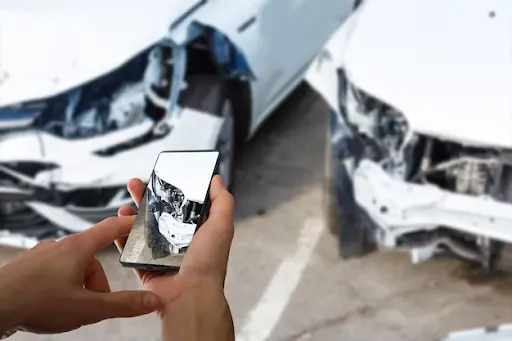personal injury lawyers
Fighting for maximum injury compensation for you and your family
No Fees Until We Win


Tips On How To Take Pictures After A Motor Vehicle Accident
Accidents are overwhelming, and in the chaos, it can be challenging to remember what needs to be done.
One crucial task is taking pictures of the accident scene.
This may not seem urgent at the time, but these photos can be of immense help later on.

Why Are Photographs Important?
Photographs serve as solid evidence in motor vehicle accident situations. They capture the reality of the scene, showing damages, vehicle positions, and even weather conditions.
This tangible proof can be invaluable when recalling events or proving fault in the case.
Photos of Your Vehicle
When documenting the scene, begin with your vehicle. Ensure you take pictures of:
- Overall damage: Capture the areas significantly impacted by the accident.
- Internal damage: Don’t forget to document any internal damages, such as broken seats or malfunctioning controls.
- License plate: This confirms the vehicle’s identity.
Photos of the Other Vehicle
It’s equally important to photograph the other vehicle involved:
- Areas of contact: Document where the two vehicles collided.
- Overall condition: Take wide shots that show the entire vehicle.
- License plate: Again, this verifies the vehicle’s identity.
Photos of the Road
The state of the road can sometimes contribute to accidents:
- Tire marks: These can show if a vehicle braked hard or skidded.
- Debris: Any pieces from the vehicles or objects that might have been on the road.
- Condition: Wet, icy, or pothole-ridden roads can be factors in accidents.
Photos of Nearby Road Signs and Traffic Lights
These pictures can help establish if someone ran a red light or ignored a stop sign. Photograph:
- Traffic lights: Especially if they’re operational.
- Road signs: Documenting these can indicate if they were visible to the drivers.
Witnesses, Police Officers, and the Other Driver
People present at the scene can be crucial:
- Witnesses: They can provide third-party accounts of what happened.
- Police officers: Documenting their presence can be useful, especially if they write a report.
- The other driver: Capture their state, but be respectful and maintain your distance.
See also: What Type Of Witness Is Important In A Car Accident In NJ?
Tips for Taking Auto Accident Photos
- Stay safe: Your safety is paramount. Make sure you’re in a safe spot before taking pictures.
- Use different angles: Capture the scene from multiple angles for a comprehensive view.
- Use good lighting: Make sure your photos are clear. If it’s dark, use a flashlight or your phone’s flash.
- Be thorough: It’s better to have too many photos than too few.

How a New Jersey Car Accident Lawyer Can Help You
Navigating the aftermath of an accident can be tricky. A knowledgeable auto accident lawyer can guide you, making sure you get the compensation you deserve.
They can use the photographs as evidence to strengthen your case, ensuring that all details are considered.
FAQs
What If I Cannot Take Pictures at the Accident Scene?
If you’re unable to take photos because of injuries or safety concerns, try to return to the scene later or ask someone else, like a witness, to do it for you.
Your health and safety always come first. Your lawyer can also help gather necessary evidence if photographs are not immediately available.
Conclusion
Accidents are stressful, but remembering to document the scene with photographs can be a significant advantage.
These pictures can be the tangible proof you need in any legal proceedings or insurance claims.
Always prioritize safety when taking photos and consider seeking legal advice to guide you through the process.

Free Injury Case Evaluation
Send the form below and we will call you back in minutes.
…or Call Us Now
856-284-6446
